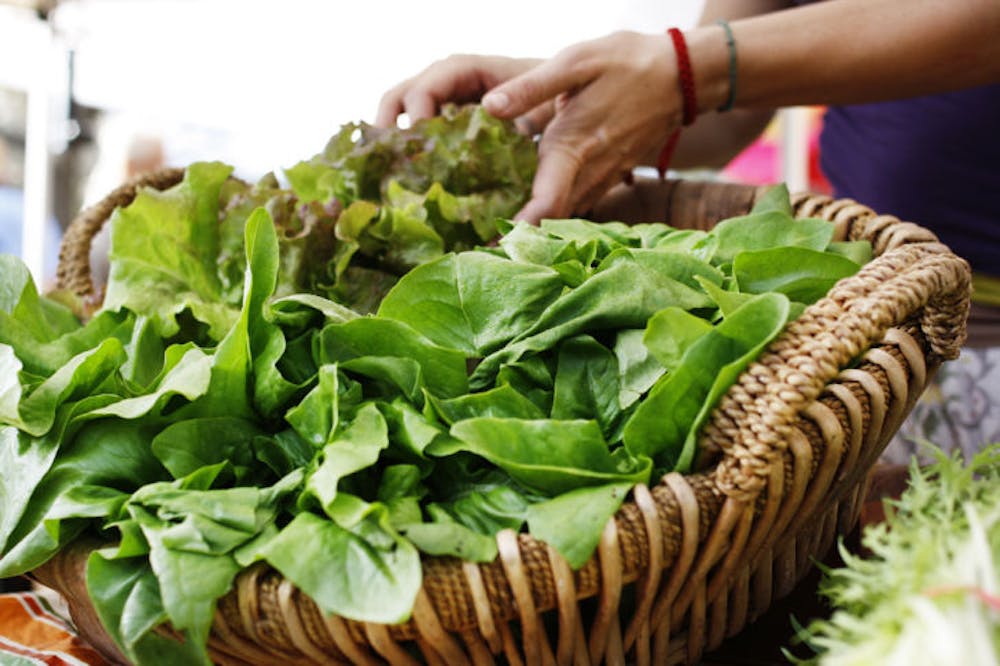Upchuck is never pleasant.
Neither is diarrhea.
Throw in some stomach pains and a fever, and it sounds like a textbook case of food poisoning.
These symptoms, outlined by Mayo Clinic, are all too familiar for the estimated 48 million Americans who get sick, 128,000 who are hospitalized and 3,000 who die from foodborne diseases every year.
The Centers for Disease Control and Prevention released information late last month about its 11-year study to determine what foods make people sick.
For the first time, the CDC compiled a list of the sources of foodborne illnesses acquired in the United States.
The study, which was conducted from 1998 to 2008, showed illness was attributed to 17 different food categories.
The CDC estimated produce accounted for 46 percent of illnesses, and meat and poultry accounted for 29 percent of deaths.
Of the meat, poultry accounted for the most deaths at 19 percent.
Leafy vegetables accounted for the most illnesses.
Many of those illnesses were caused by norovirus.
“We’ve known for a long time that norovirus and possibly other viruses that we don’t know as much about are the leading cause of foodborne illness,” said Douglas Archer, associate director of Florida Agricultural Experiment Station. “They cause very fleeting, but usually very explosive, illness in adults or in people.”
Archer said the odds that someone will get sick from foodborne disease are incredibly low, which can be further prevented by washing produce.
Keith Schneider, associate professor for UF Food Science and Human Nutrition, agreed.
“As far as risk to the consumer on an everyday basis, you are more likely to get into a car accident than you are in getting a foodborne illness,” he said.
According to the CDC, sick food handlers specifically caused 53 percent of the norovirus outbreaks, which involve two or more people affected by contaminated food, Schneider said.
“If a worker’s ill and they’re not washing their hands, the chances of them cross contaminating or making people sick is very high,” he said.
Food safety and sanitation is taught at UF, and proper hand washing is always one of the key topics, he said.
Overall, Schneider said the announcements made by the CDC seem “fairly dramatic” because “food today is cleaner than it ever has been.”
Archer agreed.
“We eat millions of tons of fresh produce daily in this country, and we eat safely,” he said.
Out of all food types surveyed, leafy vegetables accounted for the most foodborne illnesses, according to the Centers for Disease Control.






